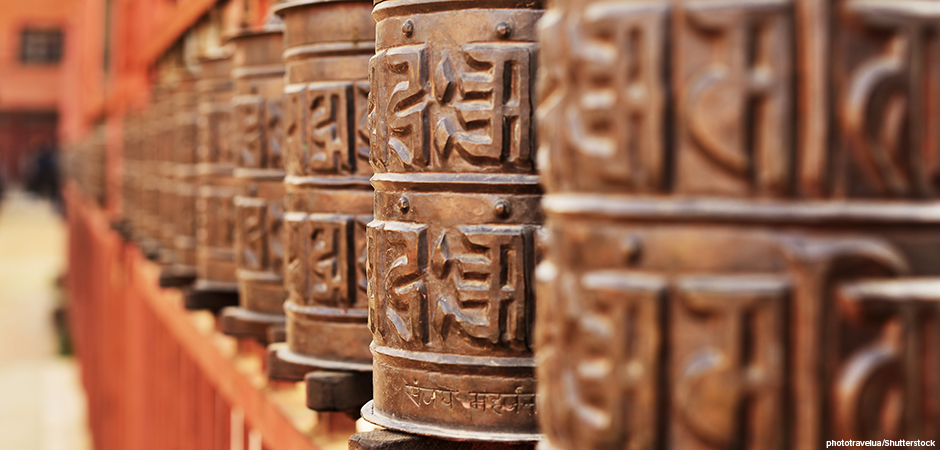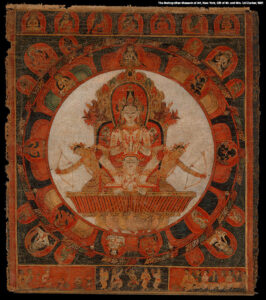
Nepal is a country located high in Asia’s Himalayan mountains. In the capital city of Kathmandu, a hidden treasure of religious objects was recently discovered at the Itumbaha monastery. This Buddhist monastery has a rich history dating back to the 1000s B.C.E. Precious objects had been lost for many years, buried in storage rooms under dirt and grime. The found objects included gold-covered crowns, jewelry, and miniature religious statues called stupas. The discovery of these religious artifacts has shed light on Nepal’s rich history and culture. It has also sparked a movement to return Nepalese religious artifacts and revive traditions that were once an essential part of everyday life.
A New Museum
Reconstruction work began at Itumbaha almost 20 years ago. Workers at the monastery came across many buried items. Some of the items, like a gold crown and a ceremonial golden door, were already known. But there were also some surprising finds. These objects are now on display at a new museum in Itumbaha. The museum opened in late July 2023 and showcases around 150 items. Over 350 artifacts remain in the museum’s collection and are being researched and cataloged. Some of these items are over 600 years old.
Stolen Treasures

These local discoveries are now drawing attention to other Nepalese artifacts thousands of miles away. These artifacts, like many others from Nepal, have been stolen and sold illegally over the years. The theft of artifacts began when Nepal began allowing western visitors in 1951. This led to an increased interest in and demand for the country’s intricate carvings and statues. Some experts estimate that up to 80 percent of the country’s religious items have been stolen since the 1980s. Over the years many have been donated to museums around the world. As more museums make their collections available for viewing online, there are increasing calls for objects to be returned to their rightful place in Nepal.
Some Nepalis are now focusing on recovering their lost heritage. Organizations like the Nepal Heritage Recovery Campaign (NHRC) have played a significant role in identifying objects taken from religious sites across the country. The NHRC believes that returning these items is not just about rebuilding collections but also about reviving age-old traditions.
Two museums in New York City, the Metropolitan Museum of Art and the Rubin Museum of Art, have recently returned some items from their collection to Itumbaha. The Rubin Museum offered funding and expertise to help Itumbaha create its new museum. In an open letter, the NHRC welcomed the partnership. But they warned that such assistance does not remove responsibility from museums that hold stolen artifacts. The NHRC suggested that Western museums hire local artisans to create copies of certain objects. They suggest this would allow museums to return the original objects to their country of origin while also supporting local artists.
A Living Heritage
Itumbaha’s new museum aims to present religious artifacts as a living heritage. The museum is treated as a community space where religious ceremonies and rituals take place every day. Unlike in most museums, artifacts at Itumbaha are not just kept behind glass cases. Here objects are often used in ceremonies and festivals. While this approach may lead to wear and potential damage, it reflects the idea that these artifacts are part of life and should be used as intended. Using these artifacts rather than locking them away has revived interest in the history and Buddhist traditions of Itumbaha.
